Mack Truck Intercooler Overview
The mack truck intercooler is an essential component in maintaining the performance and efficiency of a truck's engine. Serving as a heat exchanger, the intercooler's primary function is to cool the compressed air from the turbocharger before it enters the engine, resulting in increased oxygen density and improved combustion.
Types and Applications
Intercoolers come in various types, including air-to-air and air-to-liquid systems, each suited to different mack truck models and specific applications. The choice of intercooler depends on factors such as the operating environment, desired performance levels, and space constraints within the vehicle's design.
Features and Materials
A mack truck intercooler is designed with durability in mind, constructed from materials capable of withstanding high pressures and temperatures. Aluminum is commonly used for its excellent heat dissipation properties and resistance to corrosion. The design features include optimized fin structures to maximize heat transfer efficiency and minimize pressure drop.
Advantages of Upgrading
Upgrading to a high-performance intercooler can offer enhanced cooling efficiency, which is crucial for maintaining the engine's power output and longevity. A well-designed intercooler can also contribute to better fuel economy by ensuring the engine operates within its optimal temperature range.
Selection Considerations
When selecting a mack truck intercooler, it is important to consider the compatibility with the specific engine model, the anticipated boost pressure, and the installation environment. It is also vital to assess the balance between cooling efficiency and pressure drop to ensure the intercooler contributes positively to the engine's performance.
Maintenance and Care
Regular maintenance of the mack truck intercooler is crucial for sustained performance. This includes inspection for any signs of damage, ensuring that air flow passages are free from obstructions, and checking for leaks which can significantly impact the cooling efficiency.






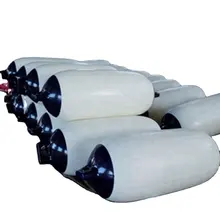

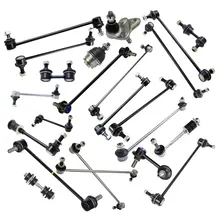
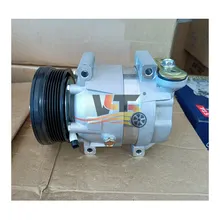
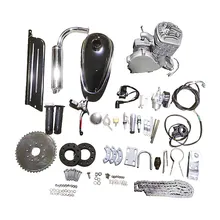


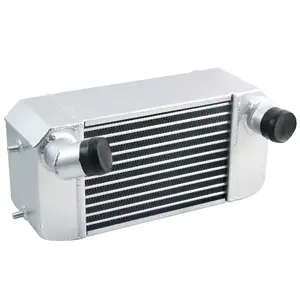


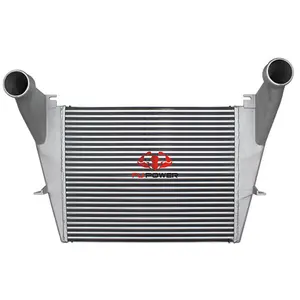
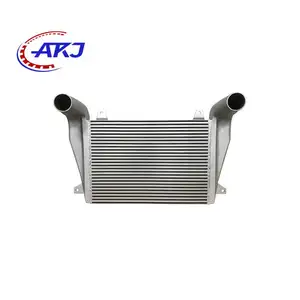
























 浙公网安备 33010002000092号
浙公网安备 33010002000092号 浙B2-20120091-4
浙B2-20120091-4